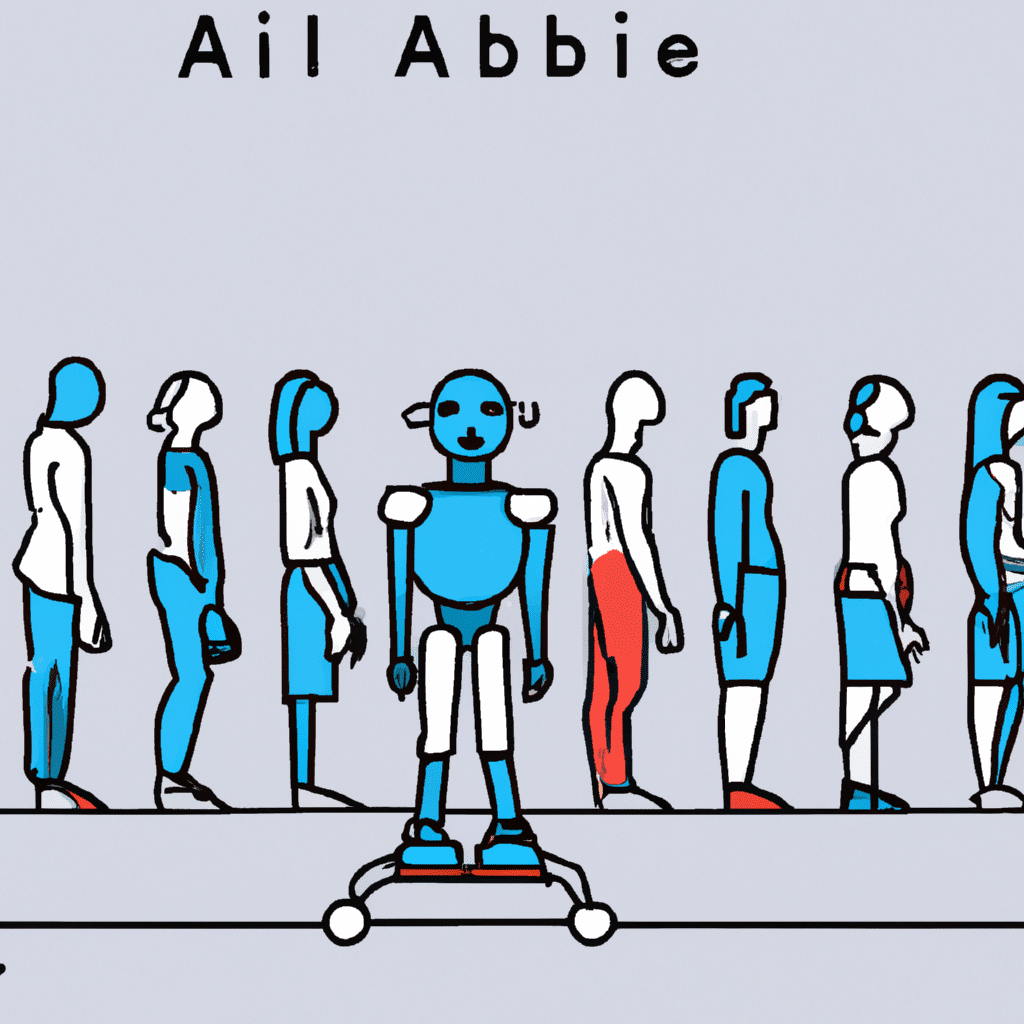Can AI Help Us Achieve Gender Equality?
Gender inequality has been a pervasive problem in our society for centuries. Women have been fighting for equal rights and opportunities for decades, yet there is still much work to be done. However, with the advent of artificial intelligence (AI), there is hope that we can finally achieve true gender equality.

The Current State of Gender Inequality
Despite significant progress in recent years, gender inequality remains a significant issue in many parts of the world. Women continue to face discrimination and harassment in the workplace, with many being paid less than their male counterparts for the same work. Additionally, women are often underrepresented in leadership positions, both in the public and private sectors.
Moreover, women often have to juggle multiple roles, including work, home, and family, which can limit their opportunities and hinder their career growth. These challenges are even more pronounced for women of color and those from marginalized communities.
How AI Can Help
AI has the potential to revolutionize the way we address gender inequality. By automating certain tasks and processes, AI can help reduce bias and discrimination in various industries. For example, AI-powered recruiting tools can help identify qualified candidates based on their skills and experience rather than their gender or race.
AI can also play a crucial role in promoting diversity and inclusion in the workplace. By analyzing employee data, AI can help identify patterns of discrimination and bias and provide insights to help managers address these issues.
Moreover, AI can help women balance their work and family responsibilities by automating certain tasks, such as scheduling appointments and managing emails. This can help free up time for women to focus on their careers and pursue leadership positions.
Potential Challenges and Solutions
While AI has tremendous potential to help achieve gender equality, there are also potential challenges and risks to consider. For example, AI algorithms can perpetuate existing biases if they are trained on biased data. Therefore, it is essential to ensure that the data sets used to train AI models are diverse and representative of all genders and races.
Additionally, there is a risk that AI could lead to job displacement and widen the gender pay gap. Therefore, it is crucial to provide training and reskilling opportunities to help workers adapt to the changing job landscape.
Conclusion
In conclusion, AI has the potential to transform the way we approach gender equality. By reducing bias and discrimination in various industries and promoting diversity and inclusion in the workplace, AI can help create a more equitable society. However, it is essential to address potential challenges and risks to ensure that AI is used ethically and responsibly. With careful planning and implementation, we can harness the power of AI to help achieve true gender equality.












